The art of crafting Sichuan hot pot base is a time-honored tradition, deeply rooted in the culinary culture of China's southwestern province. At the heart of this fiery delicacy lies the precise control of temperature during the stir-frying process, a factor that can make or break the final flavor profile. Unlike many other cuisines where ingredients are simply tossed together, Sichuan hot pot base demands a meticulous approach to heat management, ensuring each spice and herb releases its full potential without burning or losing potency.
Walking into a traditional Sichuan hot pot base workshop, one is immediately struck by the intoxicating aroma of chilies, Sichuan peppercorns, and a myriad of other spices dancing in giant woks. The master stir-fryers, with years of experience under their belts, move with almost rhythmic precision as they adjust the flames beneath the massive iron woks. Temperature control here isn't just about high heat or low heat - it's about understanding how different components react at various thermal stages and orchestrating them into a harmonious blend.
The initial stage of stir-frying begins with a moderate flame, typically around 120°C (248°F), to gently warm the cooking oil. This is crucial as it allows for even heat distribution before introducing the first wave of aromatics - typically ginger, garlic, and scallions. Seasoned chefs know that adding these ingredients to oil that's either too cool or too hot would result in either a greasy, underdeveloped flavor or immediate burning. The sizzle when these ingredients hit the oil should be audible but not violent, a sign that the temperature is in the ideal range for flavor extraction.
As the foundation aromatics turn golden, the temperature is carefully increased to around 150-160°C (302-320°F) for the introduction of the signature Sichuan spices. This includes the famed facing heaven chilies and Sichuan peppercorns, along with star anise, cinnamon, and other components of the traditional "five spices." At this range, the spices begin to release their essential oils without scorching, creating the complex base notes that Sichuan hot pot is known for. The stir-frying motion becomes more vigorous at this stage, ensuring even exposure to heat and preventing any single ingredient from dominating the blend.
The most critical temperature juncture comes with the addition of the fermented bean paste (doubanjiang), the soul of Sichuan hot pot base. The temperature must be lowered to about 110°C (230°F) when this ingredient is introduced. Too high a heat would kill the live cultures in the fermentation, robbing the base of its depth and umami character. Skilled makers slowly cook the paste until it turns a rich reddish-brown and the oil begins to separate - a process that can take up to 30 minutes of constant stirring and careful heat adjustment.
Final temperature adjustments are made when incorporating additional flavor enhancers like fermented black beans, rice wine, and various dried mushrooms. The entire process from start to finish might involve a dozen or more precise temperature modifications, each serving to unlock different dimensions of flavor. The completed base is then cooled under strict protocols, as even the cooling rate affects how flavors meld together during storage.
Modern production facilities have introduced digital temperature controls, but many traditionalists argue that the human element - the ability to adjust heat based on the sound, smell, and visual cues of the cooking process - remains irreplaceable. Whether in a small family-run operation or a large-scale production facility, the mastery of temperature in Sichuan hot pot base making continues to be both a science and an art, passed down through generations of culinary artisans who understand that great flavor is literally a matter of degrees.
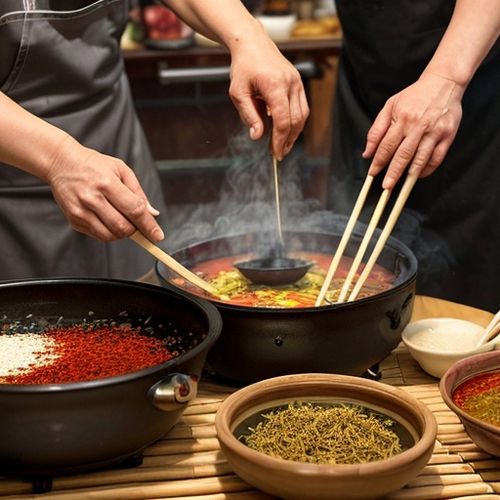
By Samuel Cooper/May 10, 2025
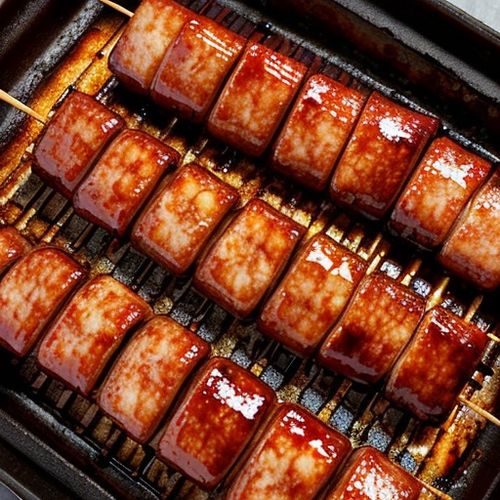
By Grace Cox/May 10, 2025
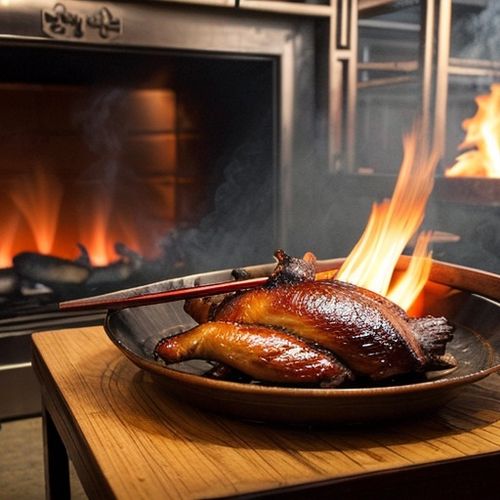
By John Smith/May 10, 2025
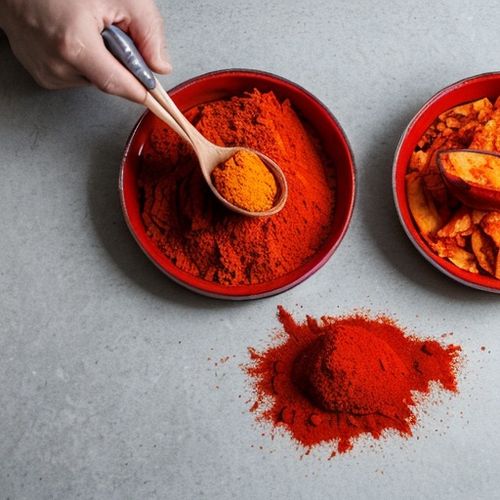
By Michael Brown/May 10, 2025
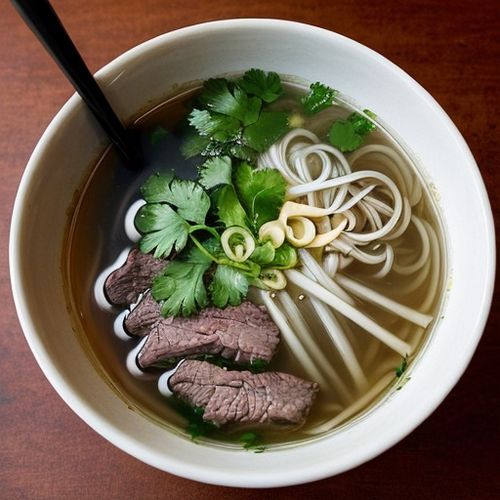
By George Bailey/May 10, 2025
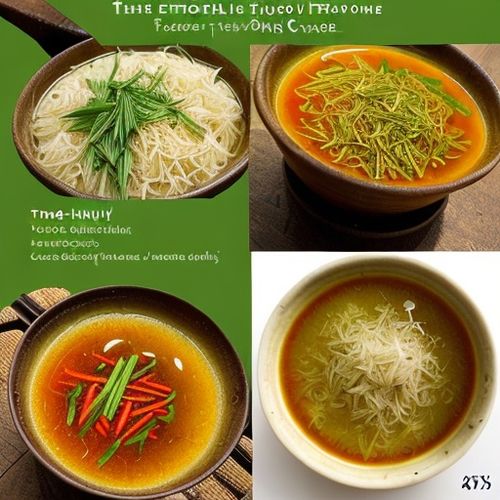
By Lily Simpson/May 10, 2025

By Emma Thompson/May 10, 2025
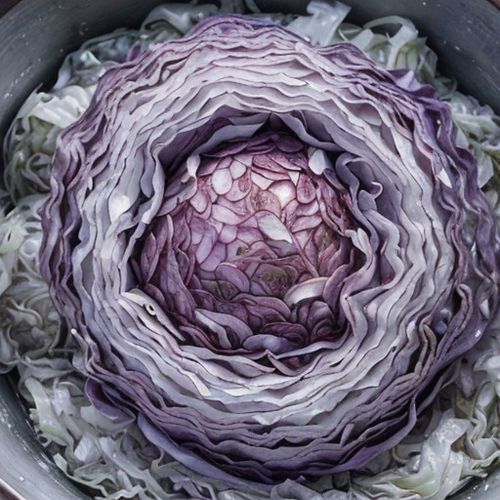
By Emily Johnson/May 10, 2025
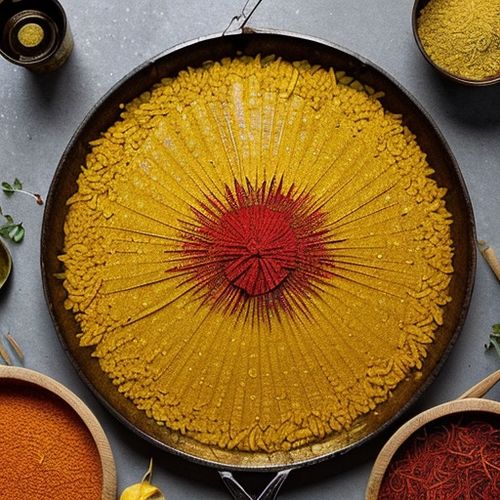
By Joshua Howard/May 10, 2025
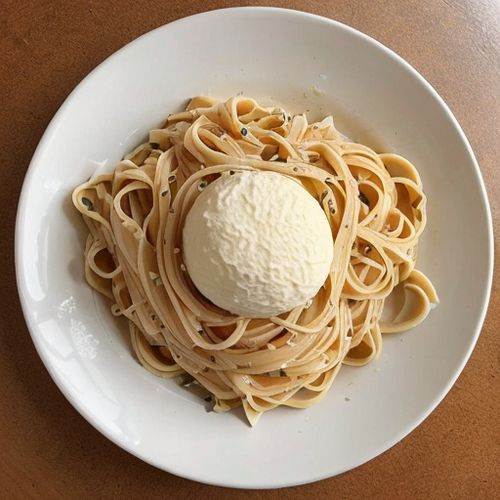
By Eric Ward/May 10, 2025
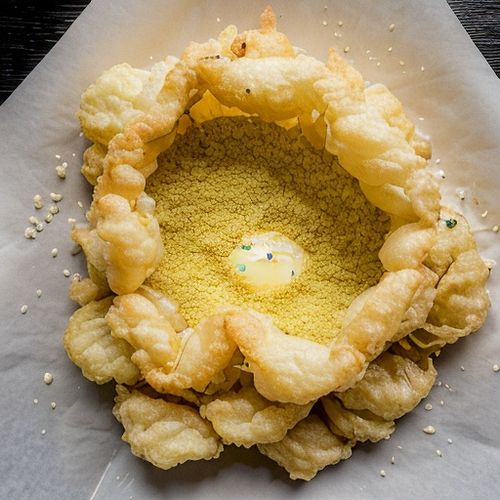
By Benjamin Evans/May 10, 2025
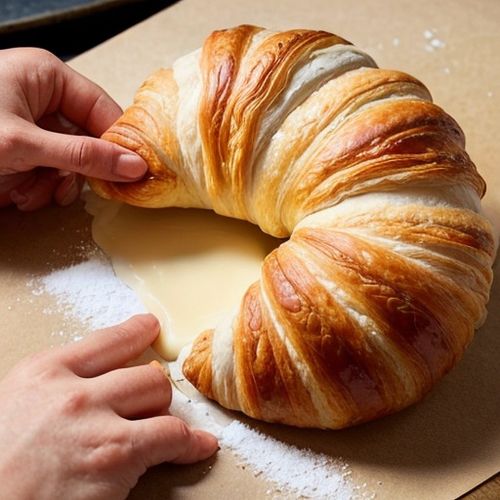
By Christopher Harris/May 10, 2025

By John Smith/May 10, 2025

By Elizabeth Taylor/May 10, 2025
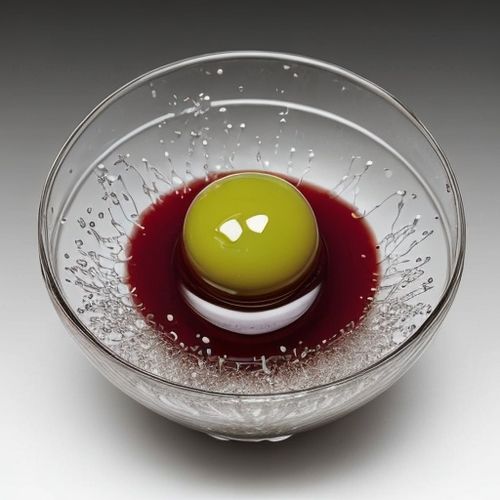
By Grace Cox/May 10, 2025